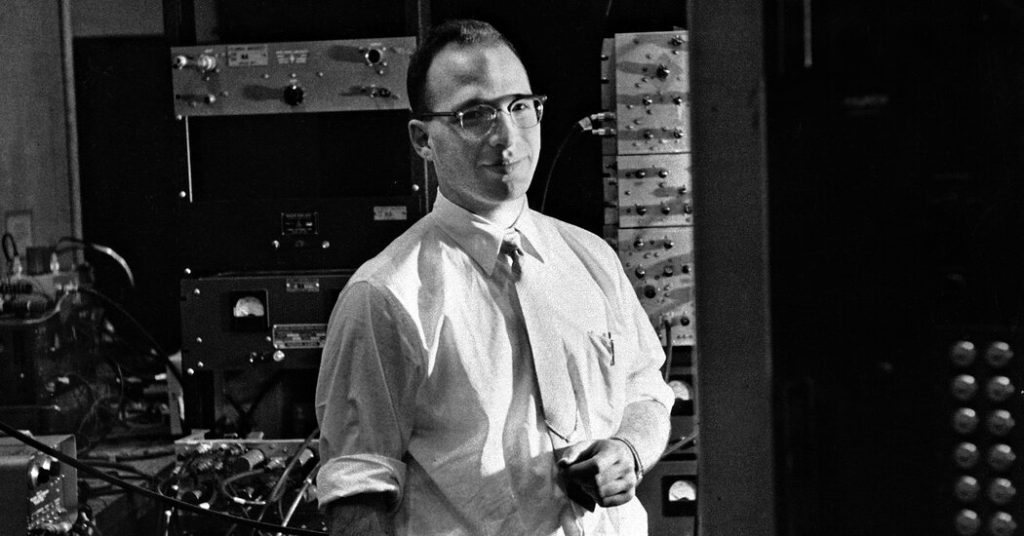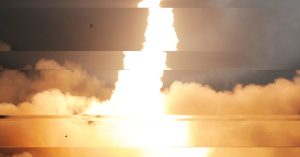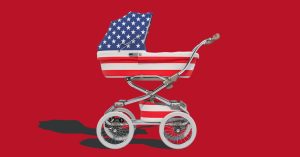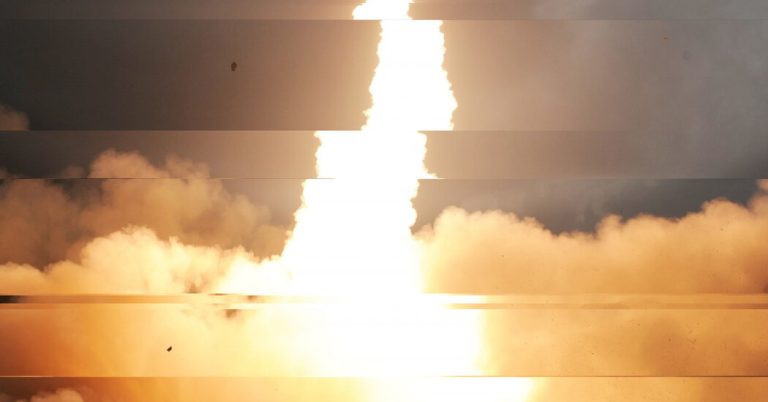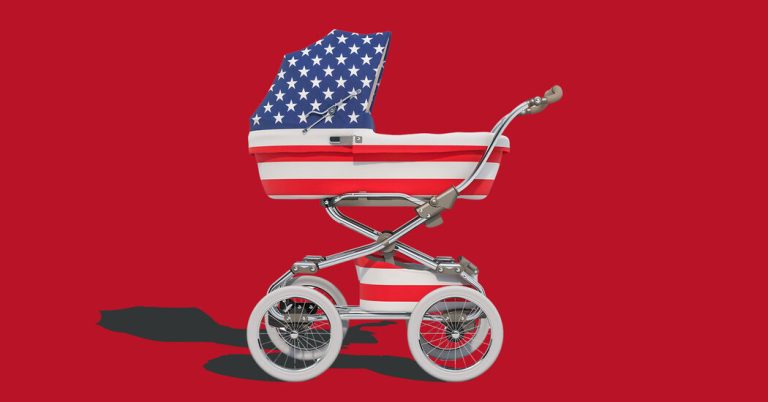Richard L. Garwin, an architect of America’s hydrogen bomb, who shaped defense policies for postwar governments and laid the groundwork for insights into the structure of the universe as well as for medical and computer marvels , died on Tuesday at his home in Scarsdale, N.Y. He was 97.
His death was confirmed by his son Thomas.
A polymathic physicist and geopolitical thinker, Dr. Garwin was only 23 when he built the world’s first fusion bomb. He later became a science adviser to many presidents, designed Pentagon weapons and satellite reconnaissance systems, argued for a Soviet-American balance of nuclear terror as the best bet for surviving the Cold War, and championed verifiable nuclear arms control agreements.
While his mentor, the Nobel laureate Enrico Fermi, called him “the only true genius I have ever met,” Dr. Garwin was not the father of the hydrogen bomb. The Hungarian-born physicist Edward Teller and the Polish mathematician Stanislaw Ulam, who developed theories for a bomb, may have greater claims to that sobriquet.
In 1951-52, however, Dr. Garwin, at the time an instructor at the University of Chicago and just a summer consultant at the Los Alamos National Laboratory in New Mexico, designedthe actual bomb, using the Teller-Ulam ideas. An experimental device code-named Ivy Mike, it was shipped to the Western Pacific and tested on an atoll in the Marshall Islands.
Intended only to prove the fusion concept, the device did not even resemble a bomb. It weighed 82 tons, was undeliverable by airplane and looked like a gigantic thermos bottle. Soviet scientists, who did not test a comparable device until 1955, derisively called it a thermonuclear installation.
But at the Enewetak Atoll on Nov. 1, 1952, it spoke: An all-but-unimaginable fusion of atoms set off a vast, instant flash of blinding light, soundless to distant observers, and a fireball two miles wide with a force 700 times greater than the atomic bomb that destroyed Hiroshima in 1945. Its mushroom cloud soared 25 miles and expanded to 100 miles across.
